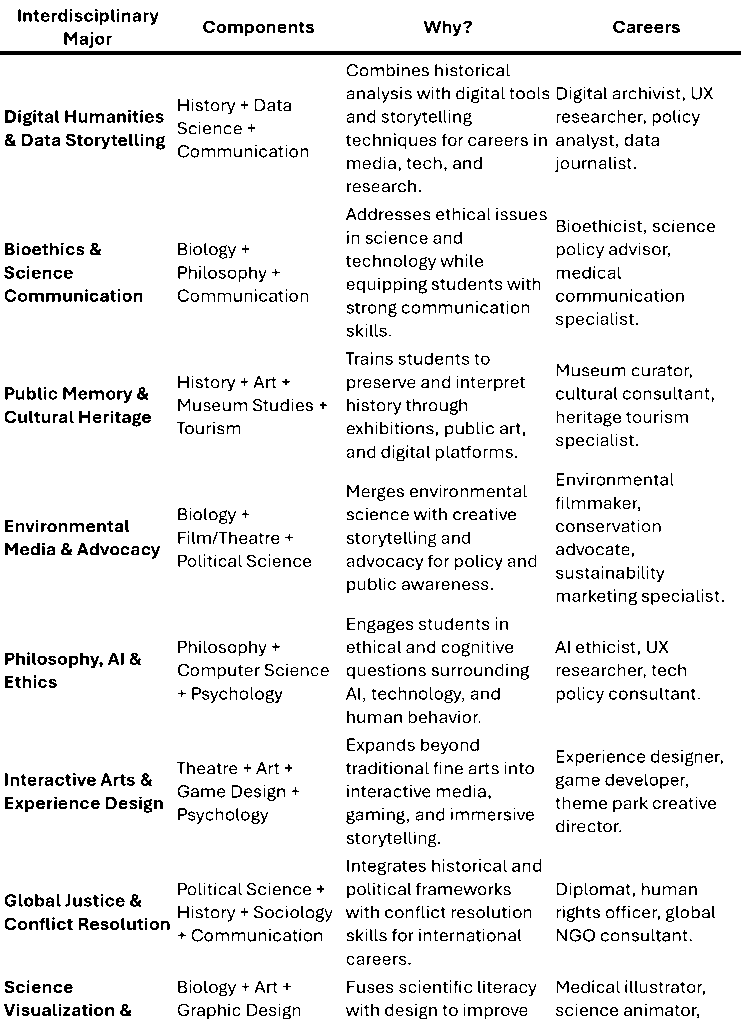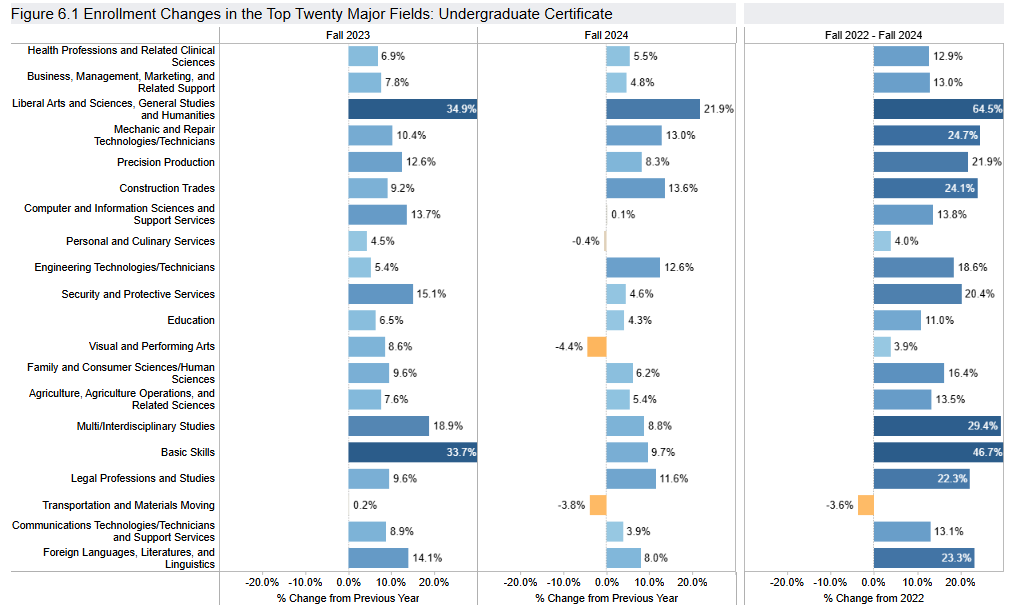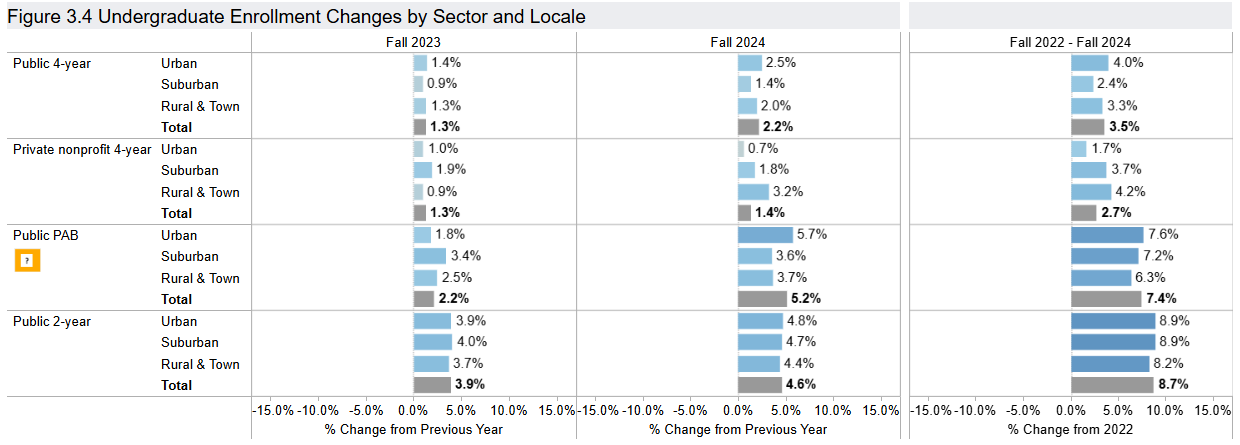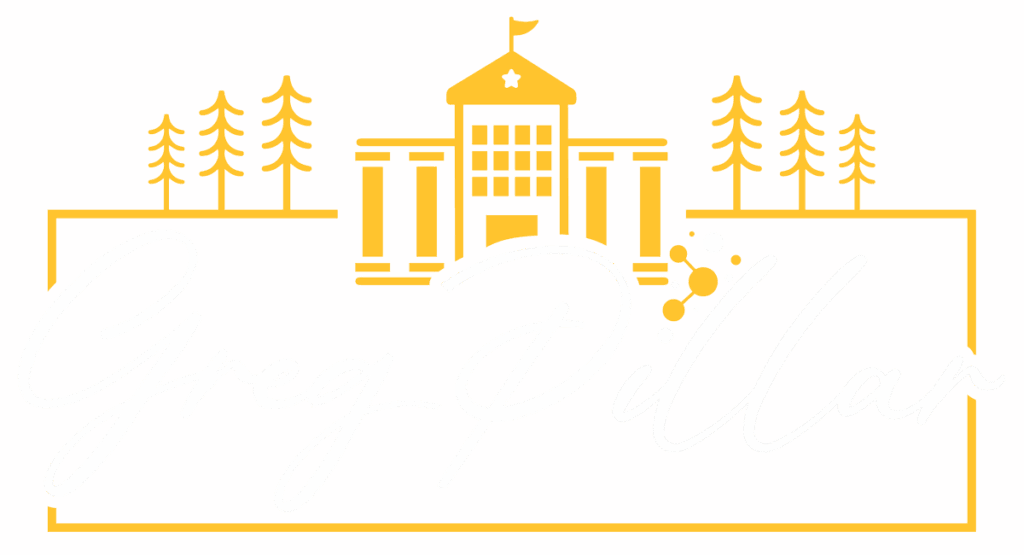Rewiring the Academy: Leading with Hope in an Age of Chaos
gregpillar
on
March 28, 2025
Leading Higher Education Forward with Radical Hope, Trauma-Informed Practices, and a Commitment to the Modern Learner
Hope Is a Strategy: Why I Wrote This White Paper
This white paper was born from both personal reflection and professional urgency.
Over the past year, I’ve been trying to make sense of the increasing chaos in higher education—both personally and nationally. The sector is reeling from overlapping pressures: political interference, legislative attacks on diversity and free speech, eroding trust in the value of a degree, and a growing culture war aimed squarely at our education system. Every week brings a new headline—another funding threat, another no-confidence vote, another public skirmish between faculty and administration. The system feels disoriented, reactive, and often disconnected from its mission. I’ve contributed to that conversation myself, including my own article in The Chronicle of Higher Education, which joined a growing chorus naming the threats facing our institutions.
But naming the chaos wasn’t enough.
This paper began as a way to process my own journey through that disruption. After experiencing burnout, toxic workplace culture, and the absence of psychological safety in my previous role, I made the difficult decision to leave. What followed was more than a career change—it was a reminder of what higher education can be. In my current role, I’ve found the trust, autonomy, and support I had been craving: the opportunity not just to manage, but to lead. To grow. To be seen.
That contrast—the emotional whiplash between exhaustion and renewal—is what compelled me to write this.
In recent months, I’ve immersed myself in books and articles that helped reframe my thinking. Radical Hope, Hope Circuits, The Connected College, Whatever It Is, I’m Against It, and Hacking College have all, in different ways, reminded me that transformation is still possible—even in crisis. And that hope is not a feeling. It’s a practice.
This white paper brings those frameworks together—along with dozens of recent reports, essays, and articles from higher ed publications—to do three things:
-
Map the chaos we’re facing with clarity and care.
-
Name the emotional, cultural, and structural toll it’s taking on our institutions.
-
Offer a path forward rooted in radical hope, trauma-informed leadership, shared stewardship, and design for the modern learner.
This isn’t a traditional research article or policy memo. It’s a call to action.
It’s for faculty who feel silenced. For staff who feel invisible. For administrators trying to lead with purpose in a system built for compliance. For students wondering what kind of institution they’re inheriting.
It’s for anyone who refuses to give up on higher education—because they still believe in its promise
If the paper resonates, I’d love for you to share it. If it challenges or complicates your thinking, even better. And if it helps spark one new idea, one better question, or one act of leadership—you’ve made it worth writing.
Citation:
OpenAI. (2024). Rewiring the academy: Leading with hope in an age of chaos [AI-generated image]. ChatGPT, DALL-E.

















